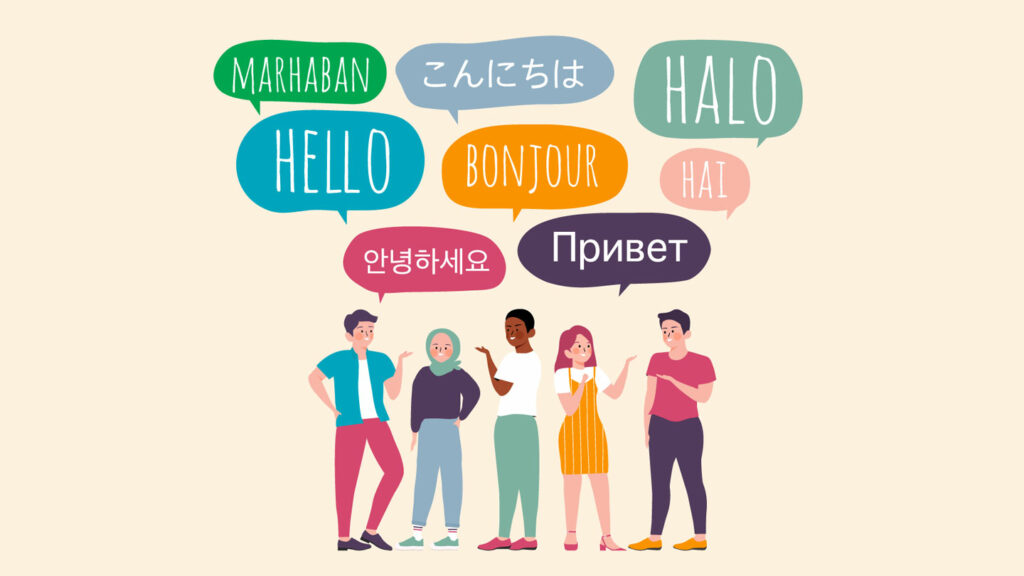Collaboration and Engagement: Encouraging collaboration and active participation among learners by incorporating group work, discussions, and peer feedback. Fostering a supportive and inclusive learning community where all voices are valued and respected. (See below)

Language Considerations: Being mindful of language diversity and cultural sensitivity in learning materials. Avoiding jargon or complex language, providing translations or subtitles when necessary, and acknowledging and valuing different cultural perspectives.

Learner Support: Providing appropriate support to learners with disabilities or specific needs. This may include assistive technologies, extra time for completing tasks or assessments, and individualized support from teachers or learning support professionals.

Virtual Collaboration: Inclusive design can address the challenges of time differences and geographic positions in virtual collaboration. Educators can encourage inclusive virtual collaboration by incorporating asynchronous communication tools, allowing flexible deadlines for assignments, and providing opportunities for students to work in global teams. This accommodates learners from different time zones, allowing them to actively participate and contribute to collaborative projects.
